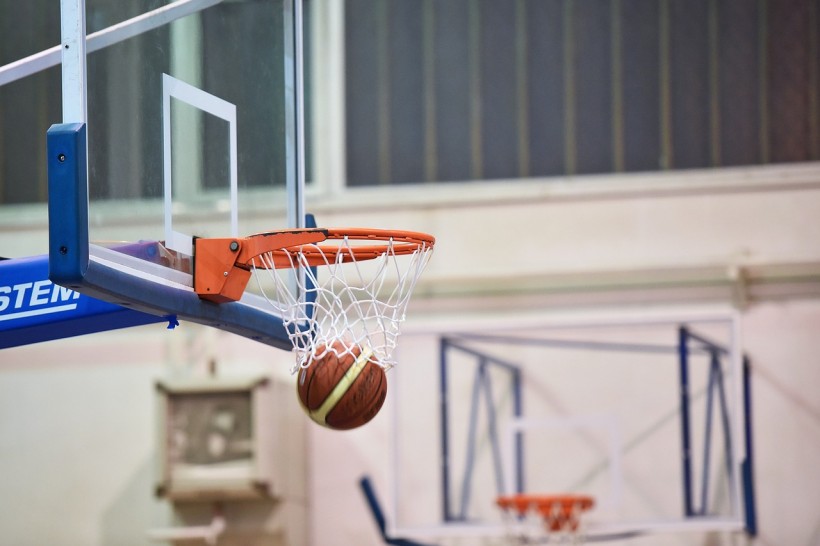Basketball positioning is where players are on the court in relation to one another and the ball. Excellent placement may assist a team in maintaining ball control. It may also increase success in scoring and defending against the opposing team's offense.
As per SciTech Daily, a physics theory has predicted the collective behavior of molecules and fruit flies that appears to be relevant to NBA players who could use it while playing basketball.

How To Score More Points in Basketball? Physics Model Identified Optimal Positioning for Players in Scoring, Defending
Physics Model Determines Optimal Positioning for Basketball Players
It is possible to predict the ideal location for basketball players in a particular circumstance using a physics model based on density functional theory. This increases their chances of scoring or defending successfully against their opponent.
Boris Barron, a Ph.D. student collaborating with physics professor Tomás Arias, recently presented his research at the American Physical Society meeting in Las Vegas. To create his model, he gathered precise data on player positions from this season's NBA games.
From the data they gathered, Barron was able to predict where a player must go next, identify which of the players are in good or bad positions, calculate the probability of success in offense or defense based on their positions, and create simulations of how their opponent will or should respond if a player performs certain moves.
He noted that, through the physics model and data analysis, they were able to precisely see where a player should be to help the team. Those few feet in position could lead to as much as a 3% difference in success. Arias added that three points out of 100 are a big deal for one player, especially in these high-scoring games.
READ ALSO: Cats Defy The Law of Physics With Great Stretch
New Physics Model Perfect for Team Sports
According to Phys.org, Barron's mathematical models are built on Nobel Prize-winning methodologies created to investigate massive collections of quantum mechanically interacting electrons.
His work builds on Arias' 2018 research, titled "Density-functional Fluctuation Theory of Crowds" published in the journal Nature, which integrates mathematical concepts and methodologies from density-functional fluctuation theory to examine everything from crowd behavior to social issues like migration and segregation.
Arias said that these methodologies work when evaluating a game like a basketball since group behavior is tough to define. He noted that the physics technique comes into play because it shows how players should collaborate on the court.
As per Barron, the implications of the method on team sports are obvious. Coaches might feed this model team- or player-specific data for their opponents to design a strategy to counter the most prevalent plays.
More so, coaches might do calculations before a game, then show them on a smart device on the bench, assisting them in illustrating the precise paths players should follow depending on data. They might collect statistics on each of their players to determine which players contribute the most to the team's performance.
Barron emphasized that, as detailed positional data is obecoming more available these days, their approach could benefit sports more broadly, noting that it is quite general.
RELATED ARTICLE: The Data Scientist Field is Booming and Only Getting Bigger
Check out more news and information on Physics in Science Times.




![Earth's Quasi-Moon Kamo‘oalewa Could Originate From Lunar Surface Not Asteroid Belt [Study]](https://1721181113.rsc.cdn77.org/data/thumbs/full/53275/89/56/50/40/earths-quasi-moon-kamo-oalewa-could-originate-from-lunar-surface-not-asteroid-belt-study.png)









